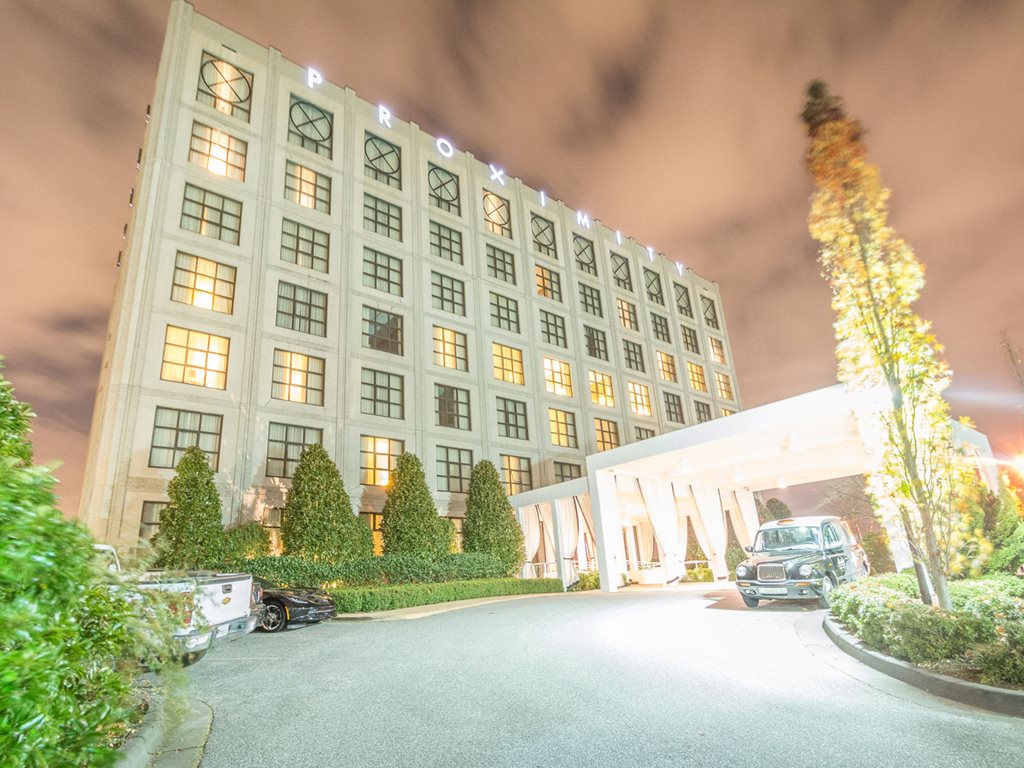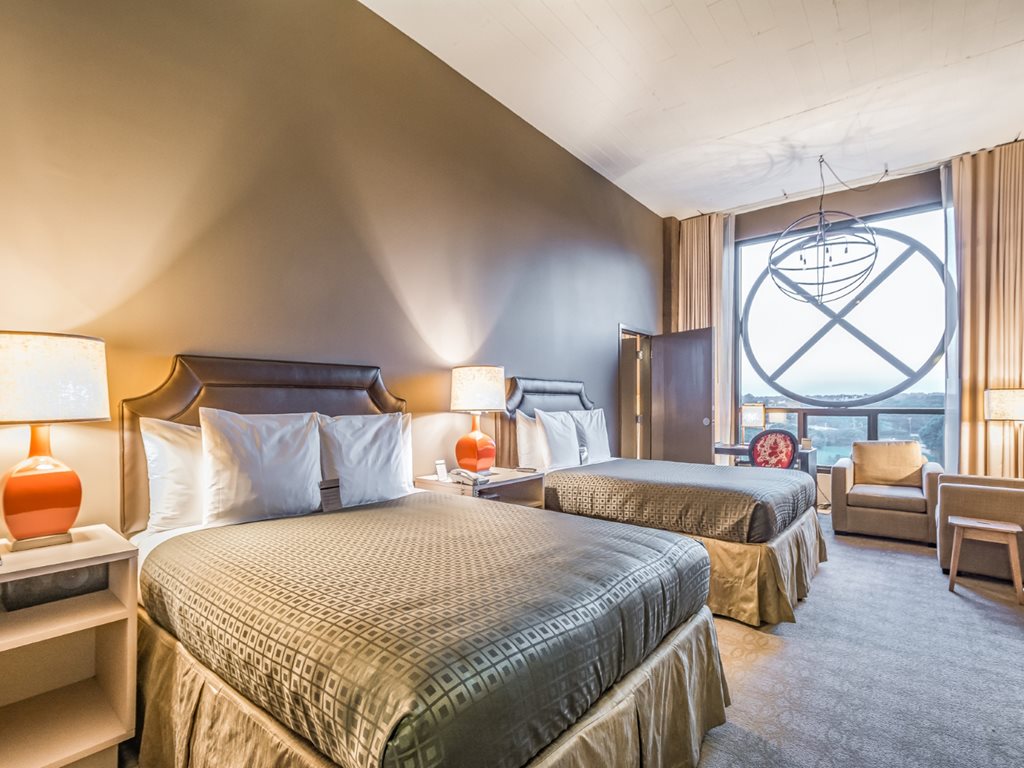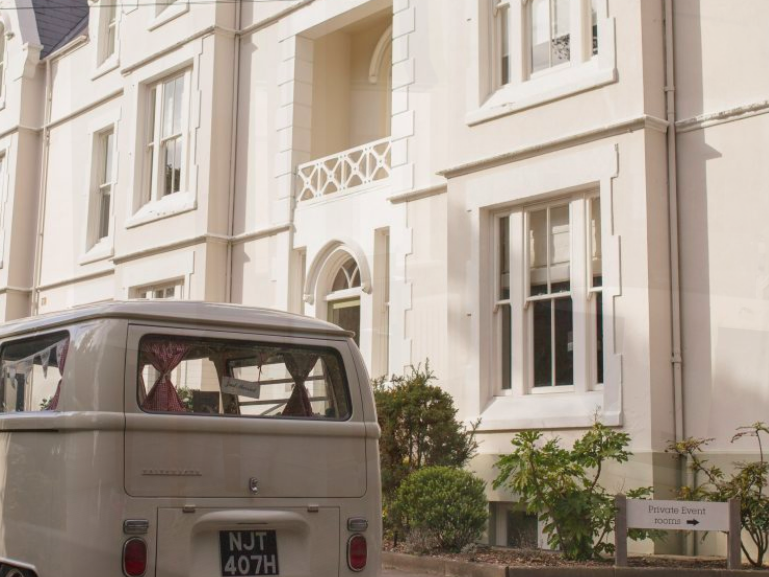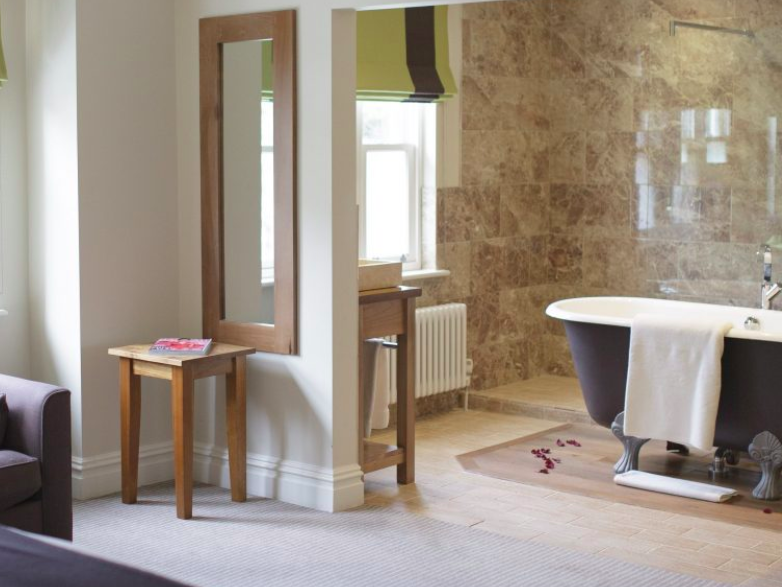
The growing emphasis on sustainability has challenged almost every industry to rethink its established best practices. The hospitality and tourism sector is no different.
According to the World Tourism Organisation, tourism is responsible for approximately 5 percent of global CO2 emissions. The accommodation sector, including hotels and resorts, accounts for 20 percent of these emissions.
However, trends are showing that hospitality operators are increasingly prioritising sustainable building designs and practices, without compromising on guest experience and satisfaction.
We explore three hotels and resorts that strike this balance perfectly.
THE BRANDO

Located on the stunning island of Tetiaroa in French Polynesia, The Brando is a 35-villa resort first dreamed up by actor Marlon Brando over a decade ago, and brought to life by his friend, hotelier Richard Bailey in 2013.
Designed by ID Associés Architecture and Pierre-Jean Picarte Architects, the property “sits lightly” on the island and blends harmoniously into the trees. Local materials were used extensively in construction, and are of local or certified origin, renewable or incorporate recycled components. 85 percent of all wood-based building materials utilised in the project are FSC-certified.
One of the project’s key highlights is its reliance on a deep seawater air-conditioning system, which harnesses the cold of the ocean depths to provide low energy but efficient cooling for all buildings. According to the resort, this system—suggested by Brando himself—has reduced energy needs by almost 70 percent.
“Brando was a man ahead of his time,” Bailey told Interior Design in 2013. “He had heard of the SWAC principle (piping naturally chilled sea water to land and converting it to air conditioning) as early as the 1970s and he dreamed of making it a reality on Tetiaroa for aquaculture.”
Other key ESD initiatives at The Brando include photovoltaic panels on the airstrip, which generates enough solar energy to power half of the resort’s energy needs and provides all of the resort’s hot water. The remaining energy needs of the hotel are provided for by a coconut oil (biofuel) power station.
Flow-batteries for storage of energy generated from solar power are made primarily from recyclable materials and have a service life of thousands of deep discharge cycles.

Achieving a LEED Platinum certification, The Brando has set itself a net-zero carbon goal, which it is close to meeting. To reduce and eventually eliminate all guest travel-related emissions, it will also power its vehicles with solar energy, and encourage guests to explore the island on bicycles.
“At The Brando, luxury is unplugged,” said Bailey. “It is a place where indulgence lives hand in hand with respect for the environment.”
PROXIMITY HOTEL

The Proximity Hotel, located in North Carolina, may be the first LEED Platinum hotel in the United States, but its team did not initially aim for a high level of environmental performance. Instead, the leap for green excellence came naturally when they approached the project through the lens of long-term value.
“Almost every time we made a decision, we saw that there was a sustainable approach that was also practical,” Dennis Quaintance, owner and developer of Quaintance-Weaver Restaurants and Hotels, said.
“If you’d told me that we could build a luxury hotel and save 39 percent energy, I would have said maybe. If you’d told me that we could use 33 percent less water and still maintain the luxury, I would have said no way.”
Designed by Centrepoint Architecture, the building contains 147 rooms, and 465sqm of conference and event space, and a full-service restaurant. Almost 50 percent of building materials were sourced regionally, with most of the furniture made within a 30km radius. The restaurant bar was made from salvaged native walnut trees that had been destroyed by disease or storms. At the core of the hotel’s green program is a significant reduction in utilities. The building’s envelope is well insulated, with operable windows aiding a reduction in heating and cooling needs. Meanwhile, regenerative-drive elevators generate electricity as they descent—energy that goes back to powering their ascent.
At the core of the hotel’s green program is a significant reduction in utilities. The building’s envelope is well insulated, with operable windows aiding a reduction in heating and cooling needs. Meanwhile, regenerative-drive elevators generate electricity as they descent—energy that goes back to powering their ascent.
“Ventilation and refrigeration needs, among other things, make most kitchens energy hogs. Variable-speed vent hoods in the kitchen of the Print Works Bistro adjust to meet the ventilation needs of the space, typically operating at only 25% of their full capacity,” the hotel notes.
“Instead of a standard refrigeration system, an energy-efficient ground-source heat-pump refrigeration system exchanges waste heat with groundwater loops.”

In addition, solar thermal panels on the roof provide 60 percent of the hotel’s water heating needs.
According to Quaintance, the environmental goals added between US $1.5 to $2 million to the budget, but the green strategies would have paid for themselves in less than four years. Ultimately, the hotel saves approximately US $140,000 a year in utility costs.
The Green House

Serious about luxury, serious about sustainability—that’s the ethos of the greenest hotel in the UK, The Green House. Set in the heart of Bournemouth, the 32-room property is a Grade II Victorian villa designed to five key principles:
- Source locally to reduce energy waste in transportation, and support the local economy
- Reduce, reuse and recycle to minimise energy consumption and waste going to landfill
- Consider the complete lifecycle of everything used in the hotel, including where it goes at the end of their lives and the impact this has on the environment
- Deal only with organisations with high welfare standards
- Be transparent, open and honest with staff and customers
In addition to typical initiatives such as using energy efficient lighting and encouraging guests to reuse their towels, The Green House goes many steps further on the sustainability journey. It generates its own electricity on site using a Combined Heat and Power (CHP) unit, and harnesses solar energy to heat its water. Any electricity that isn’t used is exported to the National Grid.

Each room is fit out with locally made, 100 percent wool carpets that are naturally fire retardant and require no chemical treatment; solid wood furniture made in the UK using trees felled by storms or tree surgeons; and wallpaper that are FSC-certified and made locally using vegetable inks. The paints utilised are furthermore produced within 25km of the hotel, and uses natural ingredients such as Linseed Oil and China Clay.
The tiles specified were manufactured using 35 percent recycled content, and underwent just one single firing process, as opposed to the traditional, twice-fired process.
To boost the building’s thermal performance, the project team also inserted cavity wall insulation between the outer and inner skin of the external walls. Additional thermal insulation from recycled newspaper was added between all floors and in the loft space.

Images: The Green House
Believing that sustainability is a multi-layered target, the hotel’s award-winning restaurant also offers only fresh and where possible, organic food sourced locally, while its wine list has been carefully curated to take into account the carbon footprint of every bottle. Even the property’s company car runs on the cooking oil used in the kitchen.
“Our commitment to being green goes beyond the materials we need or the products we use,” The Green House concludes.

